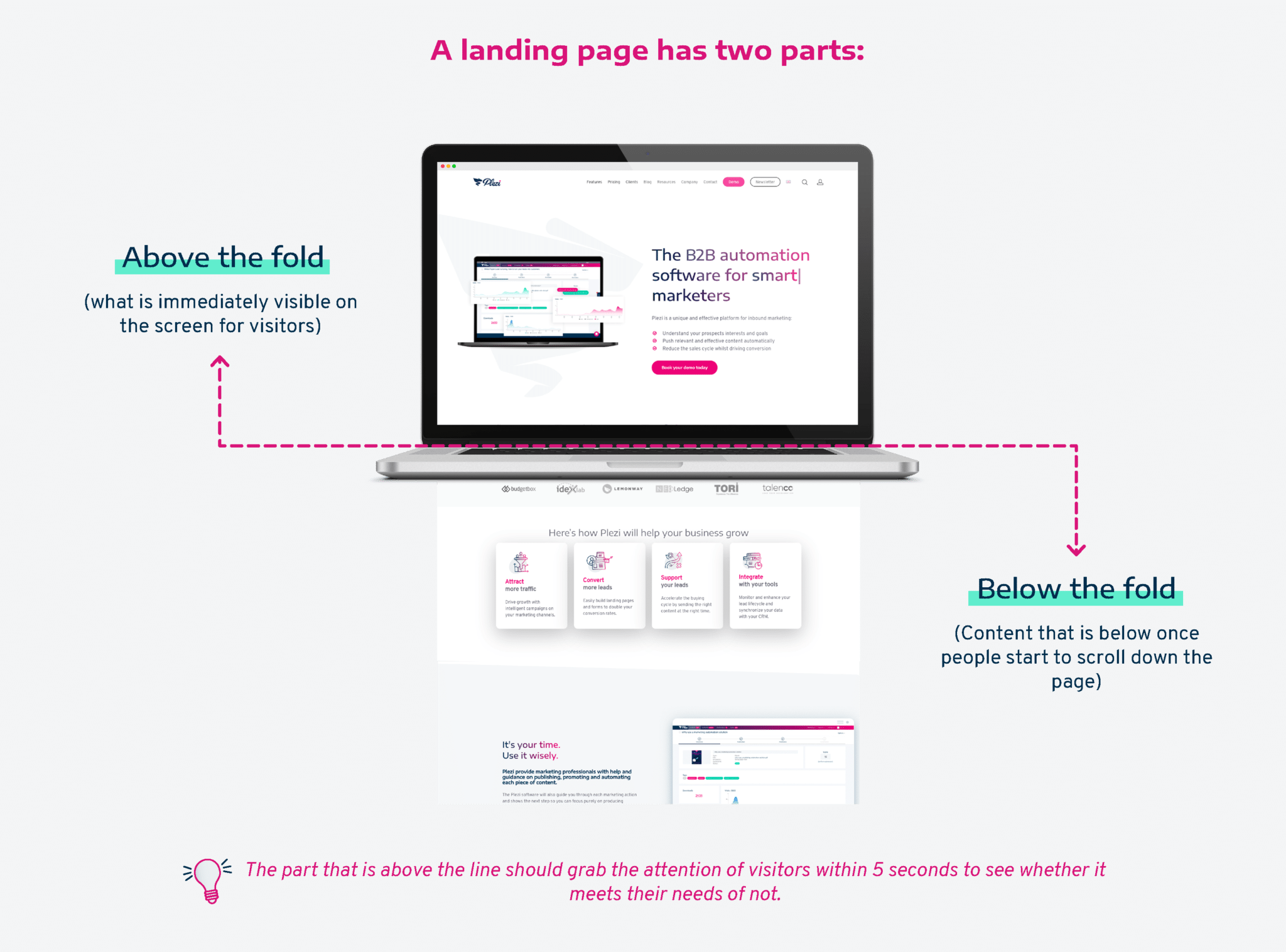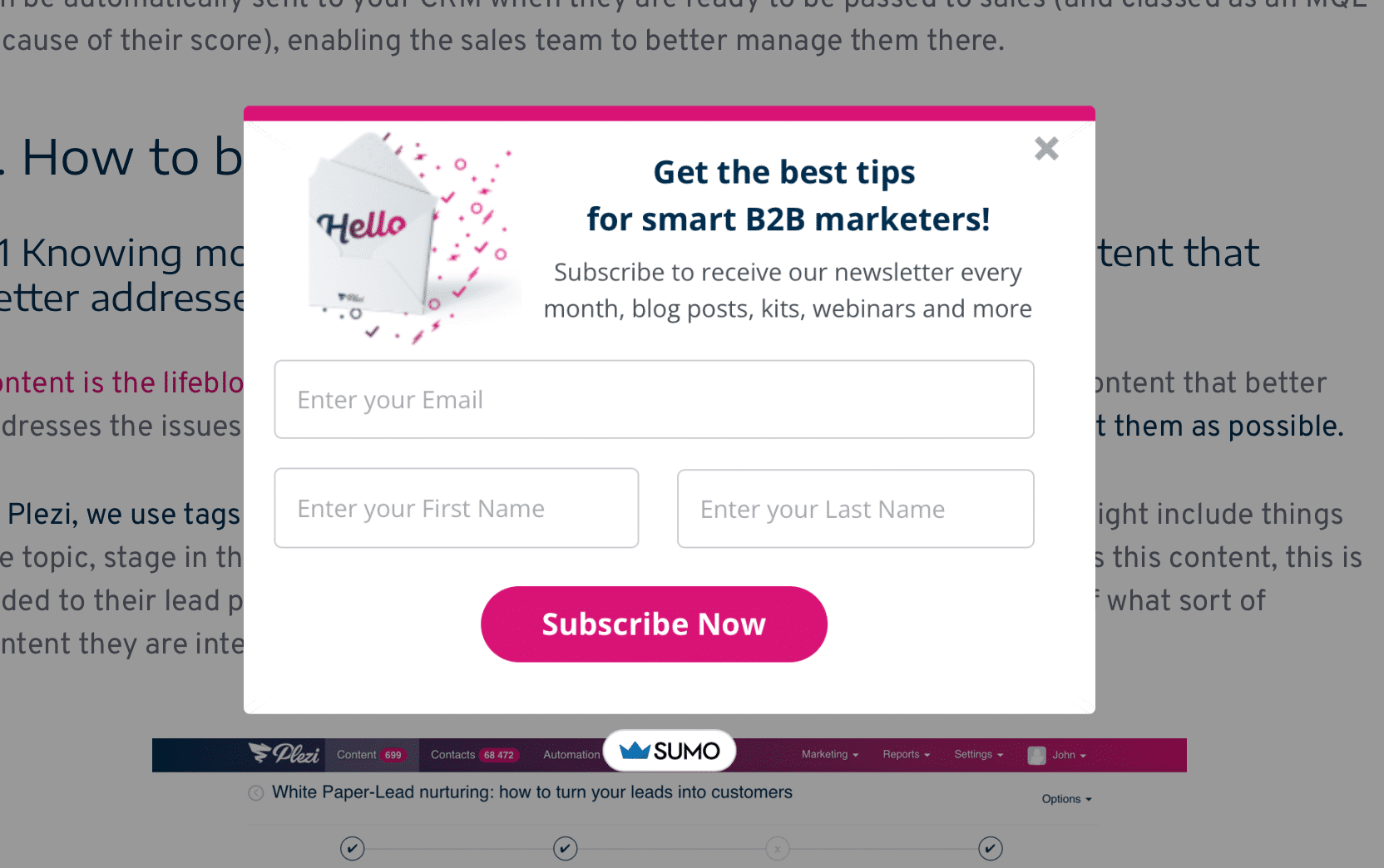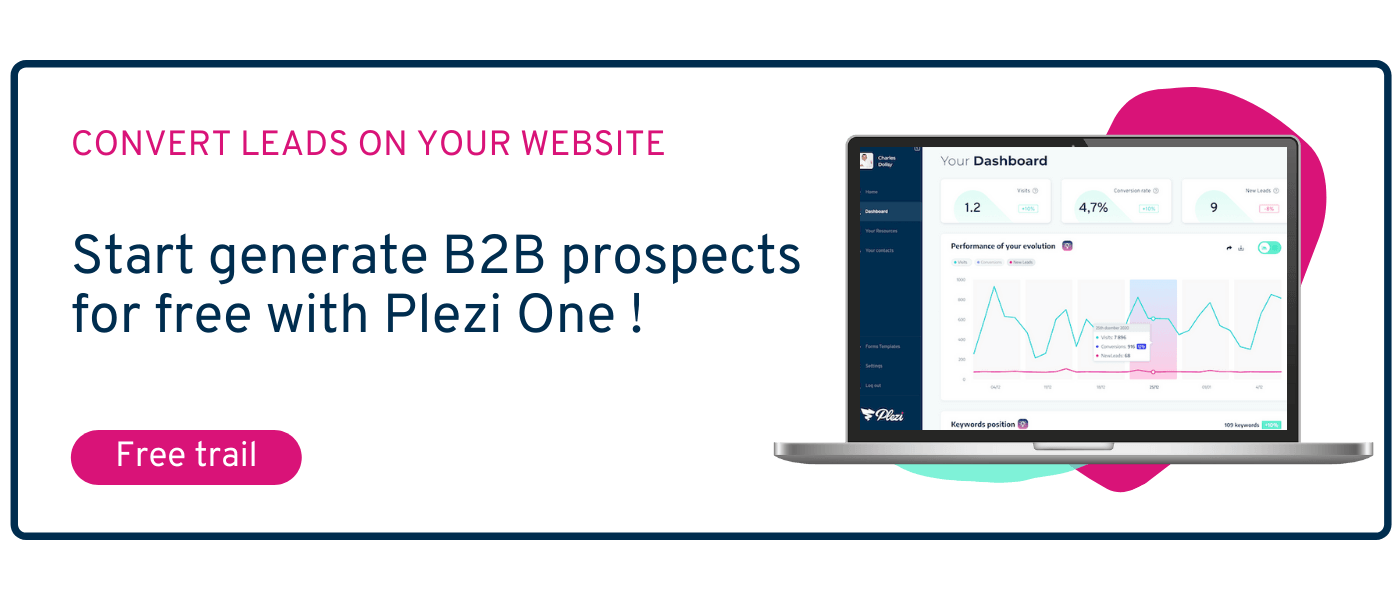The B2B landscape is changing, and fast. There is an ever-expanding set of digital tools available to manage the buyer’s journey. But B2B buyers are also changing, along with their expectations. Now they are not simply interested in the quality of your product or service, but also the quality of your customer experience.
That’s why you need to think digital first and prioritize digital marketing channels like your website over traditional ones. Your website is the one area that you have complete control over. By starting to use it to give your visitors value means that you can start to build business relationships with your prospective customers online. Doing so will put you in the best position to capitalize on the many changes in B2B buyer behaviour.
In this post we’ll look at:
- Why a digital first approach is more important than ever
- 10 ways to make your website convert
Why a digital first approach is more important than ever
Around 61% of all B2B transactions now start online. And that figure is only going to increase for the simple reason that B2B buyers are getting younger. In fact, Gartner reports that the number is only going to go up. An increasing number of millennials are involved in the B2B buying process. They like the convenience of making purchases online and want their buying experience to more closely resemble that of B2C.
B2B buyers now perform an average of 12 online searches before making a purchase. In addition, close to 70% of the B2B buyer’s journey is completed before a prospect decides to contact a sales representative. That means that your website is an incredibly important shop window for your business. But online buying behaviour also provides you with a major advantage over traditional channels.
When visitors interact with your website, you can collect information about them and the content they view. That information then lets you provide them with a much more personalized B2B buying experience that is closer to that of B2C. This increased level of personalization will reduce acquisition costs and increase your conversion rates.
10 ways to make your website convert
If your B2B website is now your company’s greatest asset, it needs to be optimized to convert visitors into leads and customers. Here are 10 ways to ensure that it does just that.
1.Focus on the needs of your customers
Every element of a B2B website should be designed with the needs of your target customers in mind. Rather than being simply product-focused as B2B websites have been in the past, it should help visitors find the information they’re looking for quickly.
This is typically how B2C websites are organized. To do this you need to have a thorough understanding of the different paths that B2B buyers can take on your website. By helping them to solve their problems and providing them with relevant information, you can build trust and increase customer satisfaction.
A website that combines good user experience (UX) design with valuable content can significantly increase your conversion rate and improve the visibility of your website in search engines.
2. Clearly state your unique value proposition
First impressions count for a lot online. That’s why you need to tell visitors to your website exactly why they should purchase your product or service as soon as they arrive on your homepage.
A unique value proposition or selling point clearly states the benefits of doing business with you and what differentiates your product or service from those of your competitors. This can involve things like product features, but also the added value you bring to your customers.
(Plezi’s home page and value proposition)
By having a value proposition clearly displayed on your website’s homepage, you can not only build trust with visitors but also start to qualify them. Those visitors that aren’t interested in your value proposition are unlikely to hang around looking at the details of your offer.
3. Provide visitors with valuable content
By consistently creating content that delivers value to your target audience, you can establish your brand as an authority for a given topic and increase the visibility of your website online. When looking for content ideas, you should think about how you can address the pain points of your buyer personas.
Each type of website content is designed for a specific purpose, whether it’s to generate leads, increase traffic, or enhance your brand’s reputation. Examples of different content formats include:
- Blog posts
- White papers
- Webinars
- Video
- Infographics
- Instructional kits or guides
- Case studies
- Podcasts
It’s a good idea to use an editorial calendar to plan and prepare the content on your website. You should also be aware that different content formats are also best suited to different stages of the marketing funnel.
Your content can add-value to your target market, send your potential customer’s on a buying journey and help you identify your target market from those people browsing your site. Users know that your content is helpful and will come back to you as a business they trust.
 4.Write better CTAs
4.Write better CTAs
Calls to action (CTAs) can be used in any number of places on your website to encourage visitors to take action or to let them access further information.
The wording of your CTAs needs to be clear, concise, and motivate people to take action. That usually means starting with a strong action verb that tells visitors how they stand to benefit by doing so.
CTAs also need to be placed where visitors are going to see them and need to be big enough for them to do so. Most B2B content places a CTA in a visitor’s direct line of vision. Once they have finished reading content it should ideally be the next thing that they see on the screen.
5. Optimize your landing pages
Landing pages are used to offer visitors to your website valuable premium content like webinars and white papers in exchange for their contact details. They are a key part of any B2B website, but they need to be optimized to generate as many leads as possible.
There are several different elements on a landing page that can influence its conversion rate. These can include the page text, the call to action, the online form, and the overall page layout.
6. Get smart about online forms
Online forms are typically used on landing pages to collect information about visitors in exchange for premium content or lead magnets. But you can also add forms to other web pages that attract the most inbound traffic.
Generally speaking, the shorter the form, the more likely people are to complete it. The key thing to remember is that you should only ask visitors for the most necessary information at each stage of the buying cycle.
Plezi’s smart forms let you build up a detailed profile of visitors without having to ask them for too much information at once or for the same information twice. This increases the chances that visitors will complete a form and will save valuable time for your sales team later.
7. Add pop-ups
A B2B website should be designed first and foremost to generate leads. And to do this, you need to collect information from as many visitors as possible. In addition to the forms that you include on landing pages, you can use an email capture tool to collect information on other pages of your website.
These use attention-grabbing elements like pop-ups that can greatly increase the chances that visitors will provide this information. There are number of factors that can affect how successful the pop-ups on your website are at converting visitors. As with several other things in this list, you’ll have to test to find out what works best.
We try to invite people to sign-up to other content that is relevant to what they are browsing with our pop-ups, so as to be not too intrusive:
8. Leverage content to engage visitors
The goal of inbound marketing is to build a relationship with your target audience by increasing their knowledge or solving their problems. By sharing content on social media, you can start a conversation with people even before they visit your website and multiply the opportunities for engagement.
Another way to engage with visitors is to provide them with valuable premium content that they will value, in exchange for their contact details. Typical examples of these include white papers, webinars, and instructional kits. Your content will also help you to be seen on search engines, as well as attracting your target market and niche buyers to your site.
Webinars let you have a conversation with leads and answer their questions in real-time. This helps build your relationship with them and provides you with almost instant feedback which you can use to improve your content and offer.
9. Include social proof
Social proof is essentially evidence that visitors can trust your company. Displaying social proof in some form on your website is an easy and cost-effective way to enhance the credibility of your business with website visitors and increase your conversion rate.
Social proof can take a number of different forms:
- Case studies
- Customer testimonials
- Customer satisfaction ratings/reviews
- Data or figures
- Logos of existing customers
- Awards and certifications earned
- App integrations and business partners
Social proof works especially well if the examples offered come from the same sector as your visitors. You can also use different forms of social proof according to what stage of the buyer’s journey your content is targeting.
10. Nurture leads with marketing automation
Not all of the leads you generate on your site will be ready to buy. If you have their email address, you can use it to move them closer to purchase by sending leads the right content at the right time in the process known as lead nurturing. Companies that nurture leads as part of an inbound marketing strategy make 50% more sales at 33% less cost.
Plezi’s Smart Campaign lets you track how individual visitors and leads interact with your website in real-time. Based on the content they have viewed, it can determine their position in the buyer’s journey, their interests, and their intention. This lets you further personalize the emails and content that you send them and increase your conversion rates as a result.
More are more B2B buyers actively research products and services online before they even get in touch with a sales representative. And now more than ever, those buyers also want a personalized buying experience. By prioritizing digital channels like your website, you can address their specific needs and answer their questions at each stage of the buyer’s journey. That in turn will enable you to convert more of them into customers.
Has your company already taken a digital first approach? What changes have you seen by doing so? Why not tell us about it in the comments below?






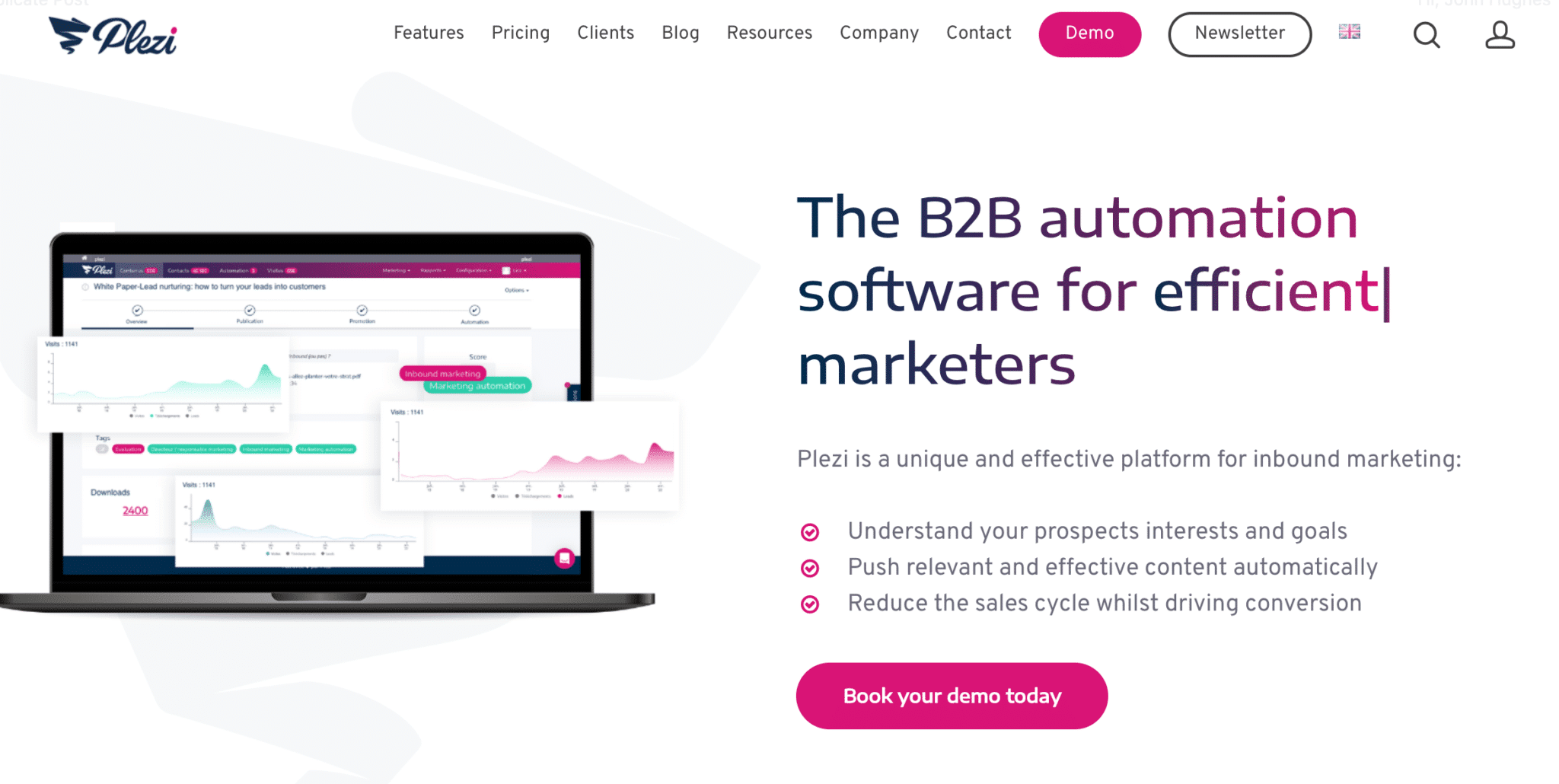
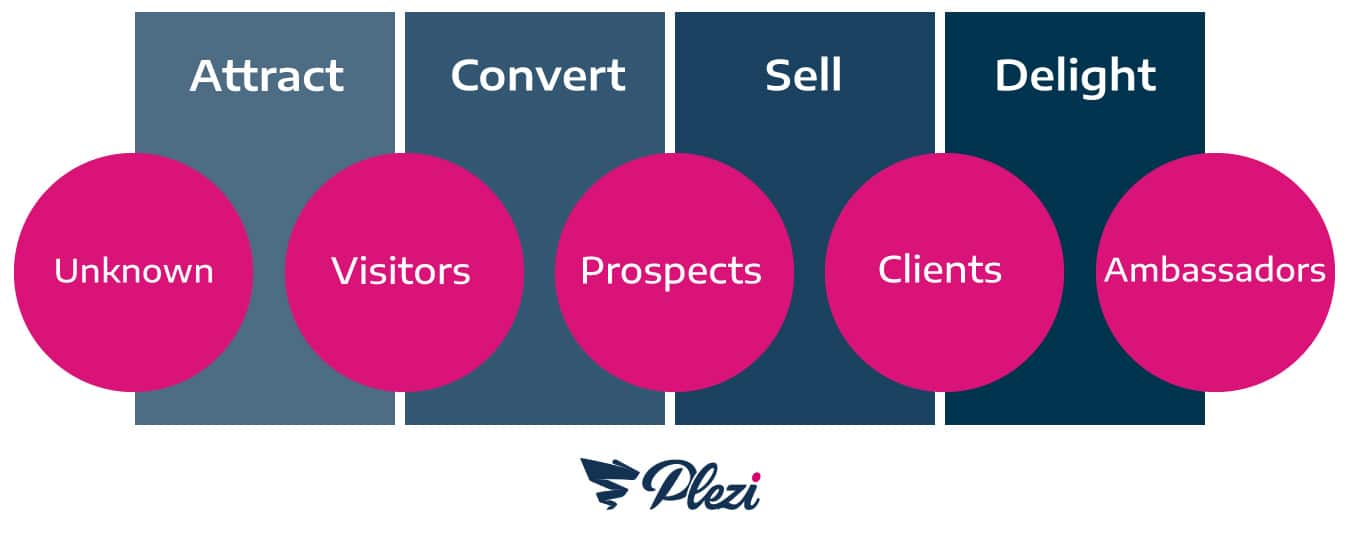 4.Write better CTAs
4.Write better CTAs